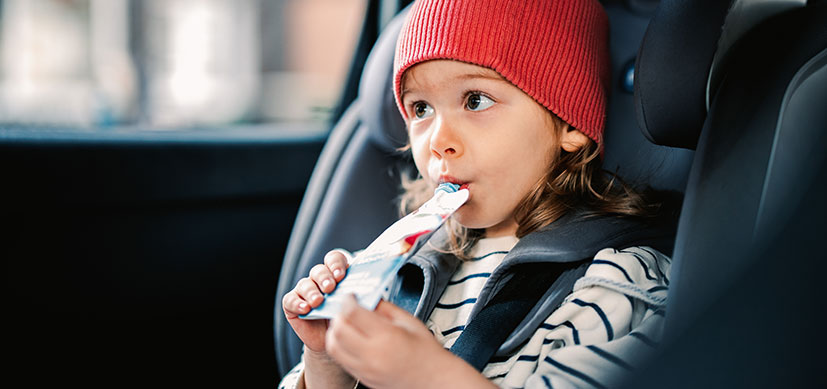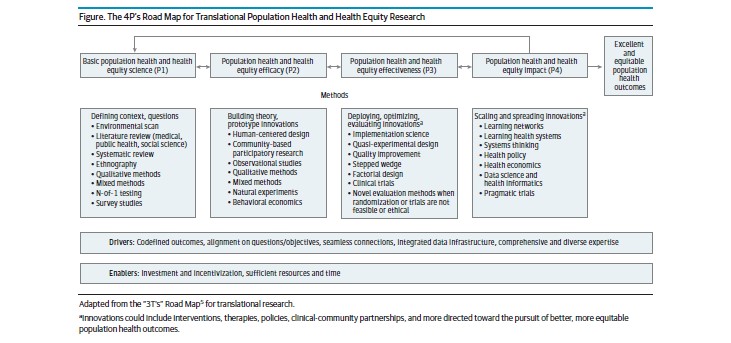Childcare Pick-Up: A 1-Hour Window to Build Healthier Eating Habits
Research By: Kristen Copeland, MD
Post Date: April 29, 2024 | Publish Date: April 27, 2024

Experts at Cincinnati Children’s find excess calories, added sugar and salt in treats given to children on the way home
Millions of working parents know the routine: bustle the kids off to childcare in the morning, work all day, then fight the daily traffic jams to get the kids back home. Something to drink, maybe a snack to munch, can help ease the commute.
Understandably, few parents take the time to think about the nutrients or calories involved, but experts at Cincinnati Children’s decided to take a closer look. Their eyebrow-raising findings were published April 27, 2024, in the journal Children’s Health Care.
The researchers took a fresh look at older data contained in daily food journals kept by more than 300 families of children who attended 30 childcare centers that participated in the Preschool Eating and Activity Study (2009-2011). They found that the hour after parents and caregivers picked up their children stood out as a high-calorie, relatively less healthy part of the child’s overall diet.
Overall, these children, ages 3 to 5, consumed more than 1,471 calories across the entire day—an amount on the high end of recommended daily limits. Of that amount, 290 calories, on average, were consumed in the hour after leaving day care. That’s about 20% of the day’s entire calorie intake.
Adding concern: after-care food and drink accounted for about 22% of the day’s added sugar and about one-third of the sweet and salty snack foods the children ate.
“Every parent knows how busy that time of day can feel. Parents can feel stressed, the kids may be cranky, hungry, or tired. There’s nothing wrong with treats once in a while,” says senior author Kristen Copeland, MD, Division of General and Community Pediatrics. “But that car ride home also can be an opportunity to instill healthier habits instead of less healthy ones.”
If busy parents want to try a small change that might make a big difference, consider stocking the car with veggie sticks, cheese, fruit slices, and low-sugar drinks such as water or milk. A few minutes of preparation can make it easier to skip the high-calorie drive-throughs and sugar-loaded packaged snacks.
“Children of preschool age are in a highly habit-forming time of their lives. They thrive on routine,” Copeland says. “Children often look forward to the car ride home, which makes that time an opportunity to start a healthy snacking habit that could last a lifetime.”
About the study
The study’s lead author was Kelsey Egan, MD, MSc, Boston University. Cincinnati Children’s co-authors included Allison Parsons, PhD, (now working in San Diego), Nicholas Ollberding, PhD, and Laurie A. Smith, MS.
Funding sources included the National Institutes of Health (K23 HL088053), the Robert Wood Johnson Foundation’s Physicians Faculty Scholars program, and the Health Research Services Administration (T32HP10027). The content of the study is solely the responsibility of the authors and does not necessarily represent the official views of The National Institutes of Health, the Health Research Services Administration, or any other funders.
| Original title: | Dietary intake and quality during transition periods of drop-off and pickup from child-care centers |
| Published in: | Children's Health Care |
| Publish date: | April 27, 2024 |
Research By

My research interests are in early education settings—how the child care environment affects children’s health.





